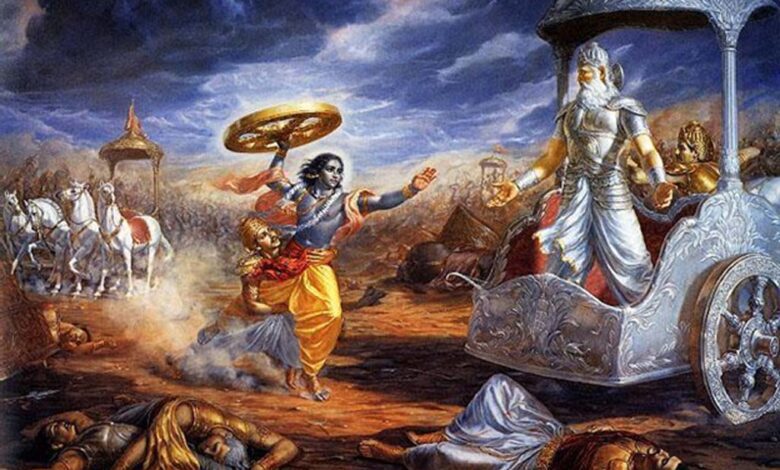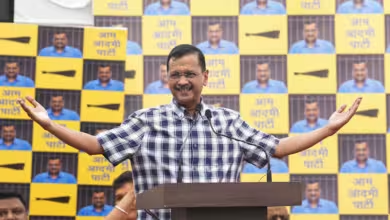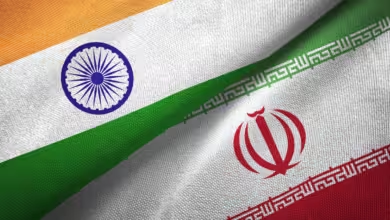Garbha Sanskar in Mahabharata proof: Insights from French-Italian Study
"Recent research from France and Italy reveals a fascinating link between prenatal communication and postnatal language development, shedding light on the profound impact of maternal interaction on unborn children.

Fighting for the good Pandavas, Abhimanyu broke through the chakravyuha that the Kuru army had constructed on the thirteenth day of the epic Mahabharata battle. However, once within the military formation, he had no idea how to escape, and as a result, he was slain.
Researchers from Italy and France found that regular interaction among pregnant moms greatly improves the language abilities of their unborn children. Regular engagement among expectant mothers significantly enhances the linguistic skills of their unborn offspring, according to research from France and Italy.
Indian scriptures state that Abhimanyu, the son of Arjuna and Draupadi, was conceived while his mother was still carrying him when he heard his uncle Krishna explain how to breach the Chakravyuha, an almost impenetrable military formation that was once used as a defensive strategy to protect the army’s most valuable soldier (usually the king).
There may be a link between prenatal communication and postnatal language development, since the study suggests that “language exposure before birth may help newborns acquire language with ease.”
A striking correlation was seen between prenatal experiences and language recognition when researchers discovered that newborns, ranging in age from one to five days, showed a preference for the language they heard in the womb.
The research was released in the Science Advances journal.He was consequently slain. Additionally, the study reveals that hearing their mother tongue activated certain brain areas linked to language acquisition.
This implies that the formation and development of these brain circuits start during the gestational period. The study involved 33 French newborns, whose mothers were native French speakers and communicated predominantly in French during the last trimester of pregnancy.
Electroencephalogram (EEG) caps with ten sensors were placed on the infants’ heads to measure brain activity. The newborns’ native language exposure was shown to have a significant influence on their brain oscillations linked to language processing, as demonstrated by the results.
The research implies that “prenatally heard language” can boost brain growth, even though it did not precisely investigate direct contact between mothers and unborn children. This study confirms the significance of communication throughout pregnancy for the best possible brain development in babies and opens up a new chapter in the history of human understanding of early cognitive development.
The Mahabharata holds immense significance in Hinduism and beyond. It is a sprawling epic that encompasses religious, philosophical, and moral teachings. Central to the Mahabharata is the Bhagavad Gita, a sacred dialogue that explores fundamental questions about life, duty, and existence. The epic delves into complex ethical dilemmas, shedding light on the consequences of choices and the concept of dharma.
Beyond its spiritual aspects, the Mahabharata serves as a historical and cultural repository, offering insights into ancient Indian society, political dynamics, and customs. It weaves together a tapestry of stories, sub-stories, and legends, contributing to the vast realm of Hindu mythology.
The genealogical information in the Mahabharata provides a historical record of the Kuru dynasty and other prominent families. Its themes of good versus evil, the intricacies of human relationships, and the search for meaning resonate universally, transcending time and culture.
Crafted by the sage Vyasa, the Mahabharata is a literary masterpiece, showcasing poetic brilliance, narrative depth, and character complexity. Its diverse array of characters, each with distinct personalities and journeys, adds richness to the narrative.
The Mahabharata’s influence extends to various forms of art and culture, inspiring adaptations, retellings, and artistic interpretations in dance, music, theater, and literature. In essence, the Mahabharata stands as a timeless epic that continues to captivate and enlighten, addressing the profound aspects of the human experience.
You might also be intersted in – ‘Bharat that is India’: Ramayana, Mahabharata and other works discussed in G20 booklets titled



